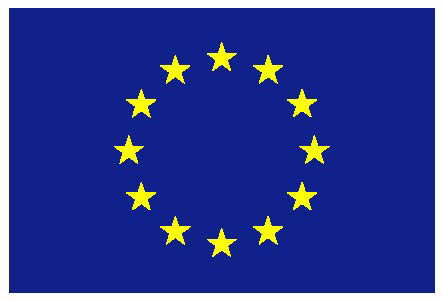01.05.2011 – 30.04.2016
 |
 |
Description
Networks have been studied in depth for several decades, but one aspect has received little attention: Interference.
Most networks use clever algorithms to avoid interference, and this strategy has proved effective for traditional supply-chain or wired communication networks. However, the emergence of wireless networks revealed that simply avoiding interference leads to significant performance loss. A wealth of cooperative communication strategies have recently been developed to address this issue. Two fundamental roadblocks are emerging: First, it is ultimately unclear how to integrate cooperative techniques into the larger fabric of networks (short of case-by-case redesigns); and second, the lack of source/channel separation in networks (i.e., more bits do not imply better end-to-end signal quality) calls for ever more specialized cooperative techniques.
This research project develops a new understanding of interference as computation: Interference garbles together inputs to produce an output. This can be thought of as a certain computation, perhaps subject to noise or other stochastic effects. Recent work has revealed that this computational potential can be exploited advantageously. The basic underlying building block, termed “Compute-and-Forward,” has received the 2013 IEEE Communications & Information Theory Society Paper Award. In the first 30 months of this project, we have further developed techniques that allow to exploit this computational potential, and we have studied the impact of these techniques in certain classes of networks. A particular emphasis has been on sensor networks (where fusion centers need to learn functions of the sensor observations in efficient ways) as well as general-purpose data transmission networks. For the latter, the main emphasis has been on so-called “physical-layer network coding:” Rather than only forwarding bits, the revised physical layer can also forward functions from several transmitting nodes to a receiver, much more efficiently than the full information. We have tightly characterized the performance gains for general classes of network topologies.